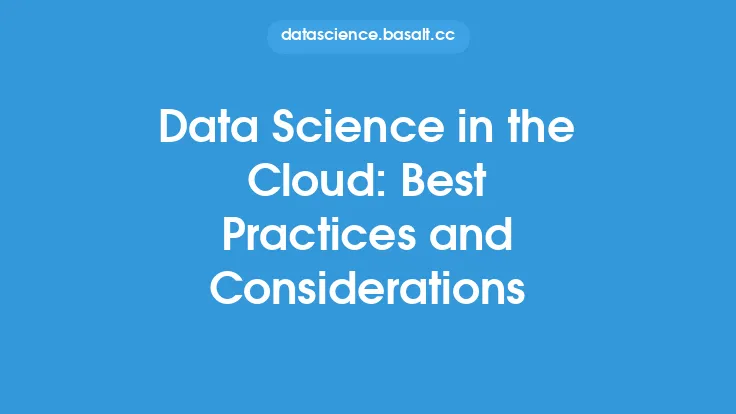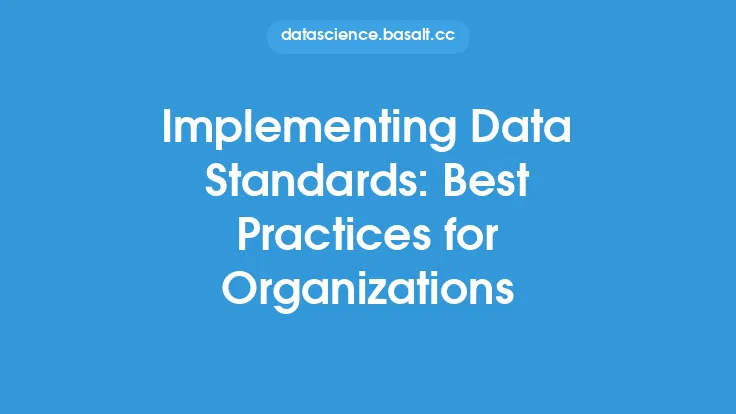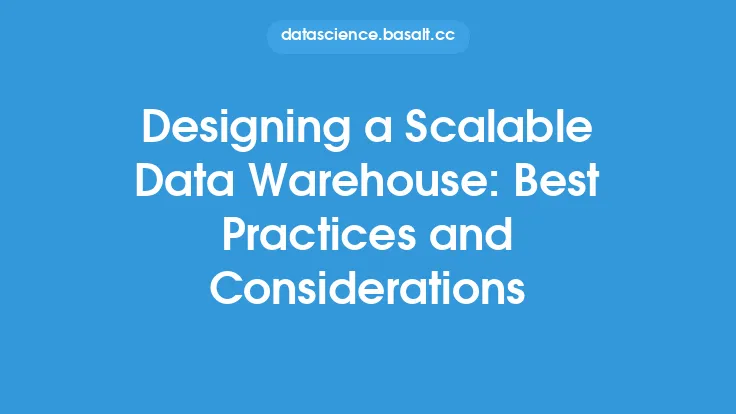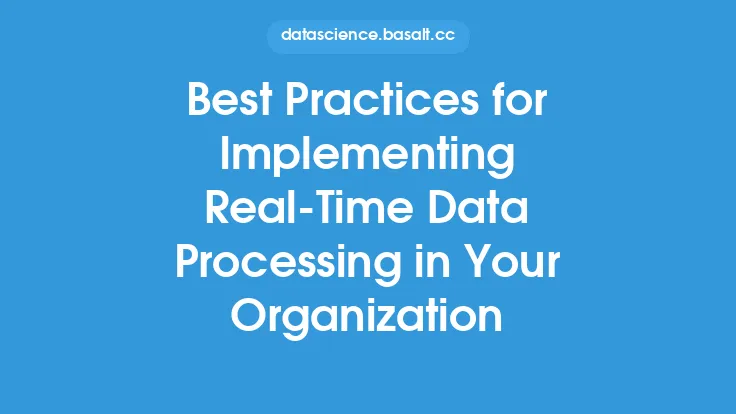Data encryption and access control are two fundamental components of data security that work together to protect sensitive information from unauthorized access, theft, and damage. As the amount of data being generated and stored continues to grow, the need for effective data encryption and access control measures has never been more critical. In this article, we will explore the best practices for data encryption and access control, providing a comprehensive guide for organizations and individuals looking to safeguard their data.
Introduction to Data Encryption
Data encryption is the process of converting plaintext data into unreadable ciphertext to prevent unauthorized access. It is a crucial aspect of data security, as it ensures that even if data is intercepted or stolen, it will be unusable without the decryption key. There are several types of encryption algorithms, including symmetric key encryption, asymmetric key encryption, and hash functions. Symmetric key encryption uses the same key for both encryption and decryption, while asymmetric key encryption uses a pair of keys: a public key for encryption and a private key for decryption. Hash functions, on the other hand, are one-way encryption algorithms that produce a fixed-size string of characters, known as a message digest, from input data.
Best Practices for Data Encryption
To ensure effective data encryption, several best practices should be followed. First, all sensitive data should be encrypted, both in transit and at rest. This includes data stored on devices, servers, and in cloud storage, as well as data being transmitted over networks. Second, encryption keys should be managed securely, with access restricted to authorized personnel only. This includes generating, distributing, storing, and revoking encryption keys. Third, encryption algorithms and protocols should be regularly reviewed and updated to ensure they remain secure and compliant with industry standards. Finally, encryption should be implemented at multiple layers, including network, storage, and application layers, to provide comprehensive protection.
Introduction to Access Control
Access control is the process of granting or denying access to data, systems, or resources based on user identity, role, or permissions. It is a critical component of data security, as it ensures that only authorized personnel can access sensitive data. There are several types of access control models, including discretionary access control (DAC), mandatory access control (MAC), and role-based access control (RBAC). DAC grants access based on user identity and ownership, MAC grants access based on sensitivity levels and clearances, and RBAC grants access based on user roles and responsibilities.
Best Practices for Access Control
To ensure effective access control, several best practices should be followed. First, access should be granted on a need-to-know basis, with users only having access to the data and resources necessary to perform their jobs. Second, user identities and roles should be regularly reviewed and updated to ensure they remain accurate and relevant. Third, access control lists (ACLs) should be used to define permissions and access rights, with ACLs regularly reviewed and updated to ensure they remain secure and compliant with industry standards. Finally, multi-factor authentication (MFA) should be implemented to provide an additional layer of security, requiring users to provide multiple forms of verification before accessing sensitive data.
Implementing Data Encryption and Access Control
Implementing data encryption and access control requires a comprehensive approach that includes people, processes, and technology. First, organizations should develop a data security policy that outlines the requirements and procedures for data encryption and access control. Second, organizations should implement a data classification system that categorizes data based on sensitivity and importance, with corresponding encryption and access control measures. Third, organizations should provide regular training and awareness programs for employees, contractors, and third-party vendors on data security best practices and procedures. Finally, organizations should regularly review and update their data encryption and access control measures to ensure they remain secure and compliant with industry standards.
Technical Considerations for Data Encryption and Access Control
From a technical perspective, several considerations should be taken into account when implementing data encryption and access control. First, encryption algorithms and protocols should be chosen based on industry standards and best practices, such as AES for symmetric key encryption and RSA for asymmetric key encryption. Second, key management systems should be implemented to securely generate, distribute, store, and revoke encryption keys. Third, access control systems should be implemented using industry-standard protocols, such as Kerberos or RADIUS, and should include features such as single sign-on (SSO) and MFA. Finally, data encryption and access control should be integrated with other security measures, such as firewalls, intrusion detection systems, and antivirus software, to provide comprehensive protection.
Conclusion
In conclusion, data encryption and access control are critical components of data security that work together to protect sensitive information from unauthorized access, theft, and damage. By following best practices for data encryption and access control, organizations and individuals can ensure the confidentiality, integrity, and availability of their data. This includes encrypting all sensitive data, managing encryption keys securely, and granting access on a need-to-know basis. By implementing a comprehensive approach that includes people, processes, and technology, organizations can ensure the security and compliance of their data, and protect themselves against the ever-evolving threats of the digital age.





